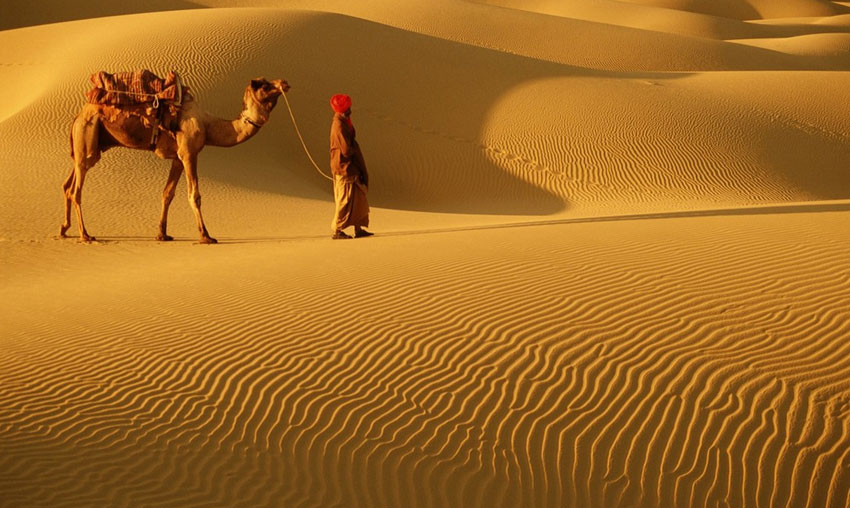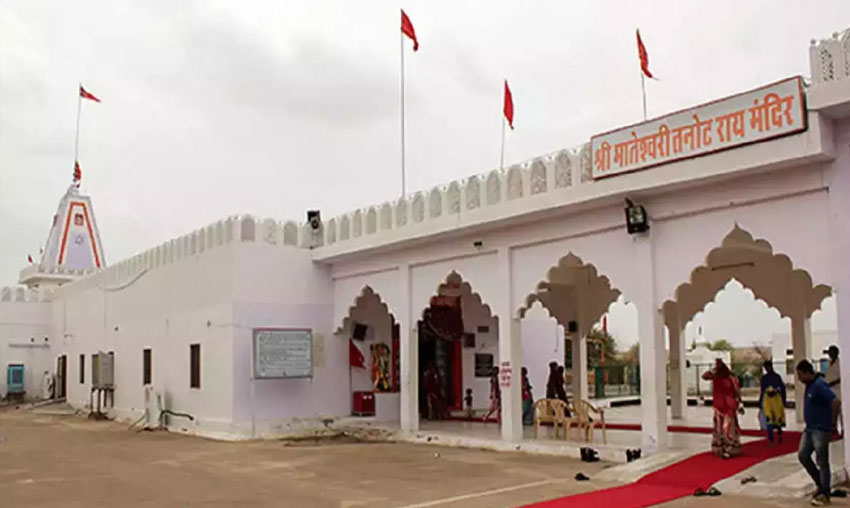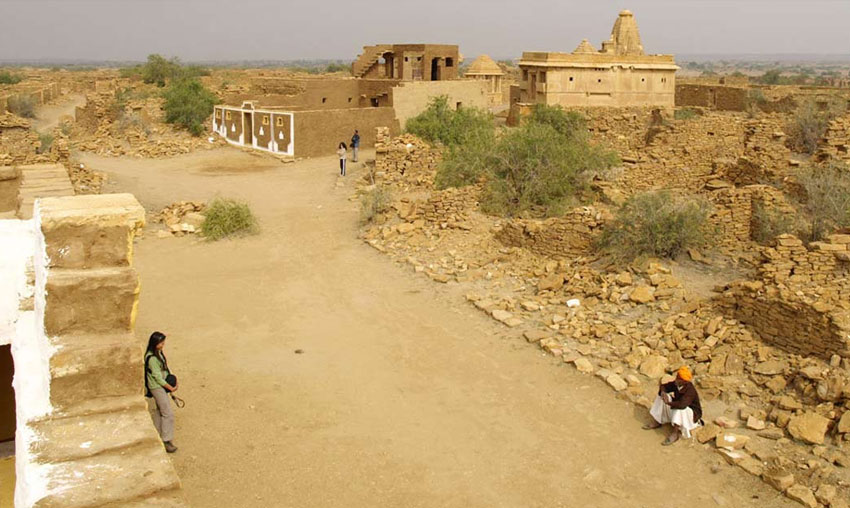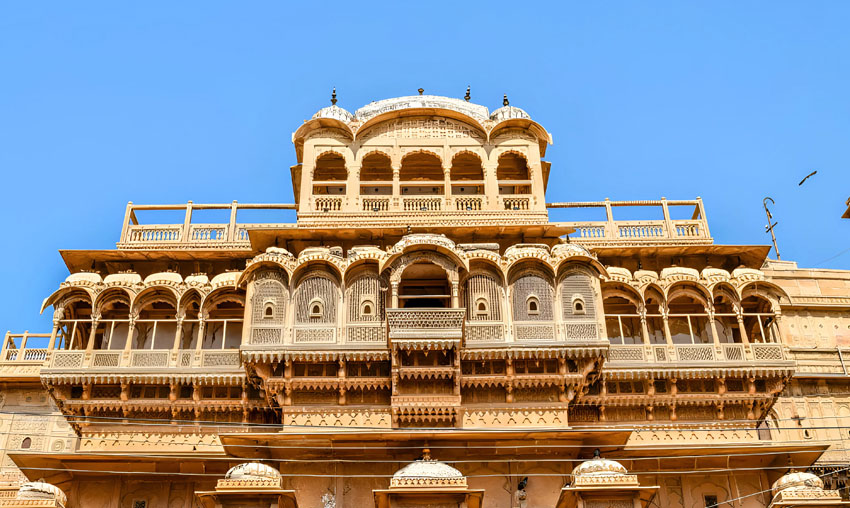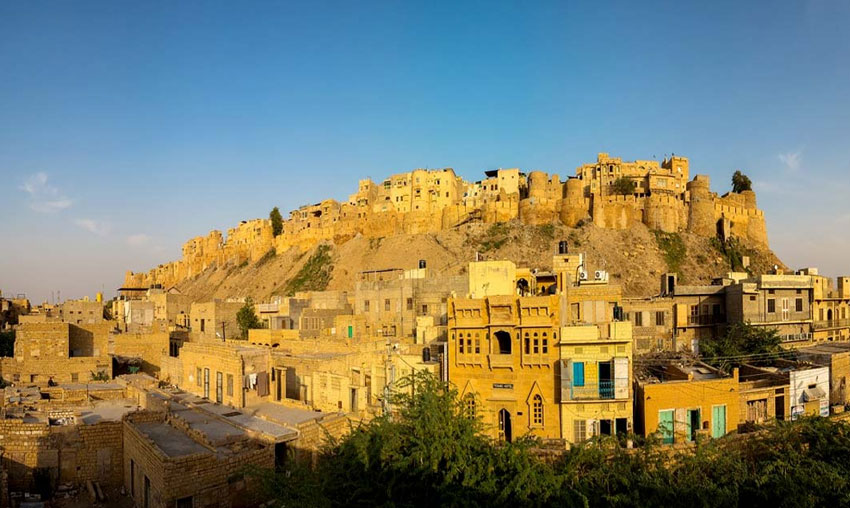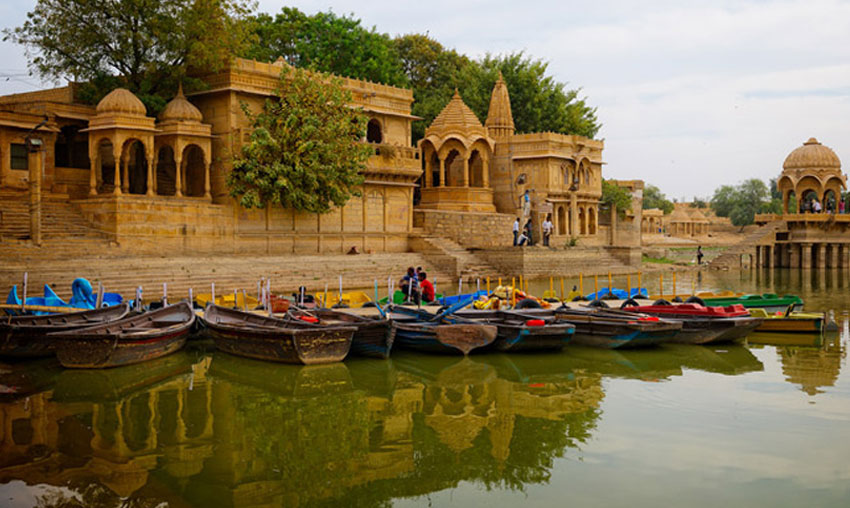Thar Desert (Sam Sand Dunes) Jaisalmer (Timings, Entry Fee, Safari, Images, Reviews, Location )
The Great Indian Desert, commonly referred to as the Thar Desert of India, is an infinite expanse of sand that spans the western portion of Rajasthan and stretches from Punjab and Haryana in the north to Gujarat in the south.
The desert has a dual nature, being scorching during the day and cooling off at night, with constantly shifting sand dunes caused by tremendous velocity. Luni is the name of the lone river that cuts across the desert.
Jaisalmer’s Sam Sand Dunes
Numerous sanctuaries have been established to preserve wildlife since the delicate desert environment shows that it needs oversight to remain sustainable.
Part of this enormous stretch of sand is the Sam Sand Dunes in Jaisalmer, which is rapidly gaining popularity as a tourist destination. The dunes are as high as 30 to 60 meters and are dispersed over a radius of 3 to 5 km. When visiting Jaisalmer, you simply must experience travelling on these dunes.
Desert National Park
Every time you hear the word “desert,” images of yellow sand, a blue sky, a scorching sun, and—most importantly—an empty space instantly fill your mind. This picture is going to fall apart after you visit the National Park in the Thar Desert.
In 1980, the Desert National Park was gazetted. Numerous animal and bird species can be seen living in the Park. The Park’s topography includes sand dunes, both permanent and moving, as well as rocky, salty lakebeds, little ponds, lakes, prickly shrubs, open grasslands, and intermedial zones. The Park is home to a collection of fossils from numerous birds, mammals, and dinosaurs that are as old as 60 to 180 million years.
Despite being a harsh desert, the National Park is home to a variety of resident and migratory species, including sand grouse, eagles, vultures, buzzards, harriers, falcons, and kestrels. There are also unique species of reptiles residing here, such as the saw-scaled viper, Russell’s viper, spiny-tailed lizard, and common krait. The National Park is home to the Chinkara, also known as the Indian Gazelle (Gazella bennettii), as well as desert foxes, wolves, and desert cats.
Facts and tips about the Thar Desert (Sam Sand Dunes)
- You encounter locations when touring that are incredibly underappreciated in terms of their level of fame. One such location is the Village of Kuldhara, which is frequently referred to be a desert ghost town.
- The Desert National Park is home to the Great Indian Bustard, an endangered bird species that is unique to India.
- The Indo-Pakistani War of 1971 was fought near the Sam sand dunes.
- There aren’t many restrictions on what can be brought on the journey because the Thar desert is hot but not humid, so it is advised to bring high SPF sunscreen.
How to reach the Thar Desert (Sam Sand Dunes)
Jaisalmer city situated to the west of the Sam Sand Dunes. Travelling by automobile from Jaisalmer to the sand dunes takes about forty-five minutes.
Other attractions near the Thar Desert (Sam Sand Dunes)
- Patwon ki Haveli – 40 km
- Jaisalmer Fort – 40 km
- Gadisar Lake (Gadi Sagar Tank) – 40 km

